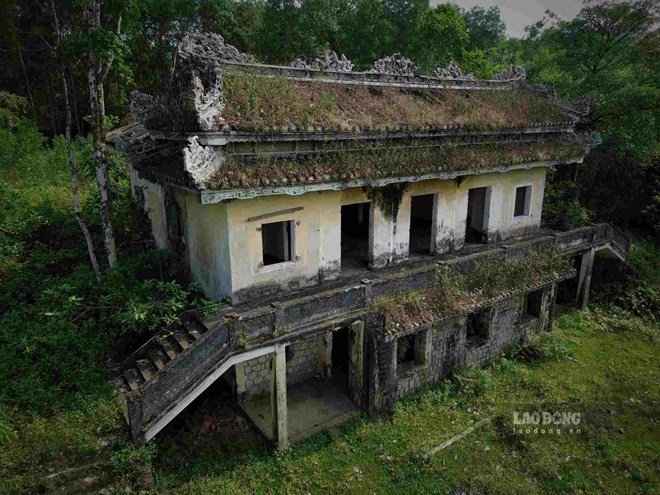
On March 25th, in an interview with a reporter from Lao Dong Newspaper, Mr. Nguyen Duc Loc, Director of the Thua Thien Hue History Museum, stated that Ngo Dinh Can's house and the Nine Caves area were classified as a National Historical Monument commemorating a significant event by the Minister of Culture and Information (now the Ministry of Culture, Sports and Tourism) in Decision No. 2015/QD-BT dated December 16, 1993. Currently, the site is directly managed by the Thua Thien Hue History Museum, with the Hue City People's Committee acting as the coordinating management unit.
According to Mr. Nguyen Duc Loc, Ngo Dinh Can's two-story villa became deserted because the building deteriorated over time, and few locals or tourists visited it.
According to Mr. Loc, the nearby Nine Tunnels historical site, which is also recognized as a National Historical Monument, attracts many visitors because it is a "red address" for educating about patriotism and revolutionary traditions.
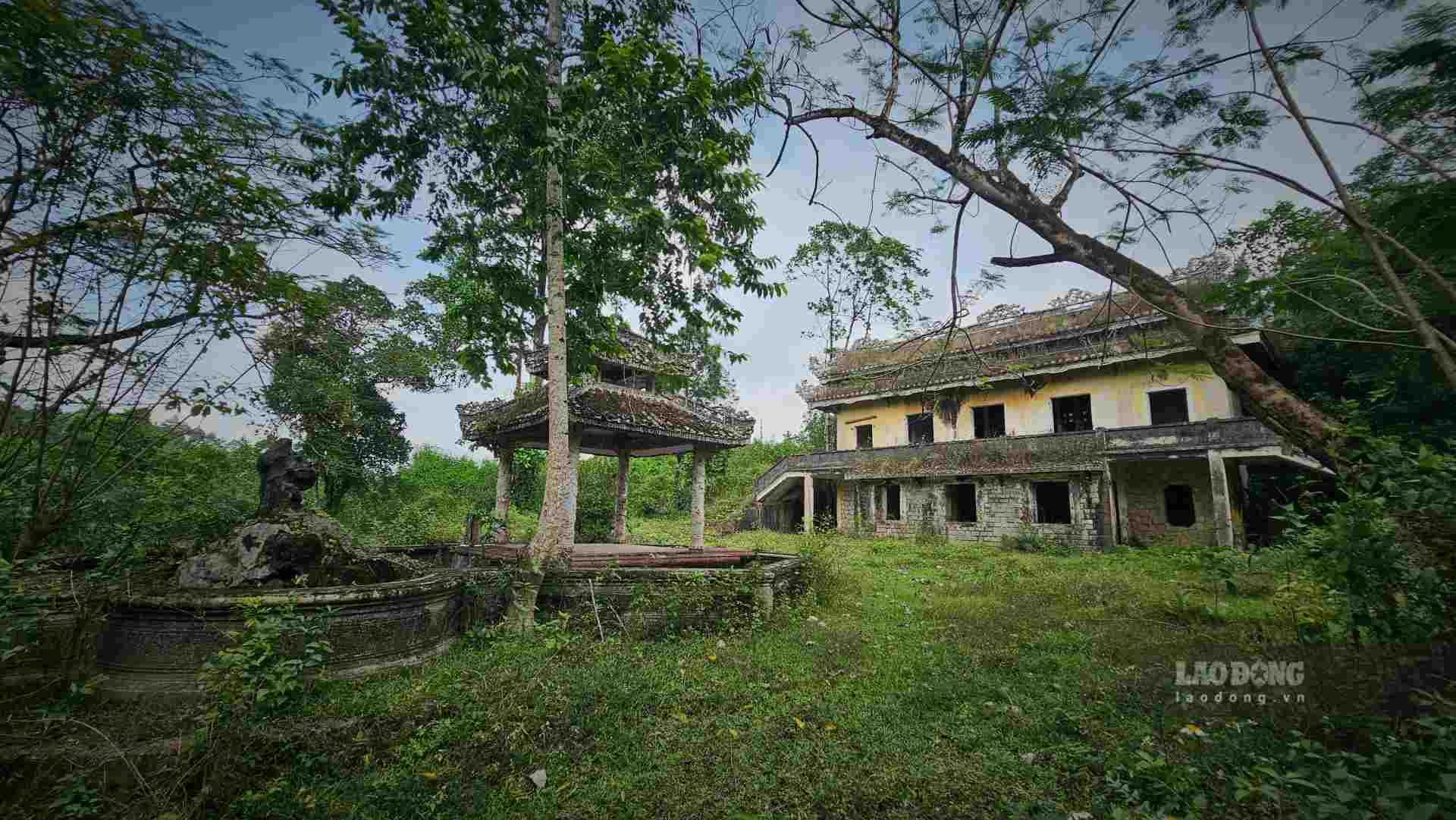
Every year, numerous schools, veterans' associations, and organizations from within and outside the province come to offer incense and flowers, commemorate the heroic martyrs, and listen to explanations about the "Nine Tunnels, a hell on earth."
The Ngo Dinh Can house is in a state of disrepair and could pose a danger to visitors. Currently, the area around this house has been demarcated and marked by the Historical Museum in accordance with the Heritage Law to prevent encroachment.
“Given our resources and current conditions, we prioritize the Nine Tunnels historical site. As for Ngo Dinh Can's house, besides the lack of resources, it's a site with very few visitors and researchers, and the building is dilapidated, gloomy, and potentially dangerous, so we only put up warning signs and clean it regularly. We welcome and hope to socialize and find investors to preserve and develop this historical site in the future,” said a leader of the Thua Thien Hue History Museum.
The Nine Tunnels are located amidst a pine-covered hillside at the foot of Thien Thai Mountain (also known as Ngu Tay Mountain), about 1km from Ngo Dinh Can's villa. Although called the Nine Tunnels, there are actually eight tunnels and a guard barracks.
In 1941, the French colonialists built the Nine Tunnels complex on a small hill to store weapons. In 1945, after the Japanese coup that ousted the French (March 9th), the French army seized all the weapons, and the tunnels have been abandoned ever since.
During the period when Ngo Dinh Can governed Central Vietnam, he renovated and used the Nine Tunnels as a detention center for patriots or those with anti-government sentiments against the Ngo family's dictatorial regime. From then on, the Nine Tunnels area became a forbidden zone.
The Ngo Dinh Can House and the Nine Tunnels area were classified as a National Historical Monument commemorating a significant event by the Minister of Culture and Information (now the Ministry of Culture, Sports and Tourism) in Decision No. 2015/QD-BT dated December 16, 1993. Currently, the site is directly managed by the Thua Thien Hue History Museum, with the Hue City People's Committee acting as the coordinating management unit.
Source link








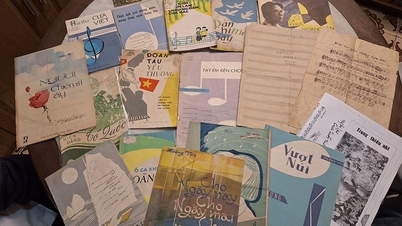

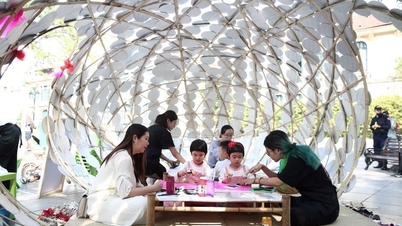




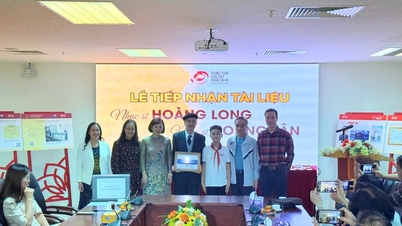






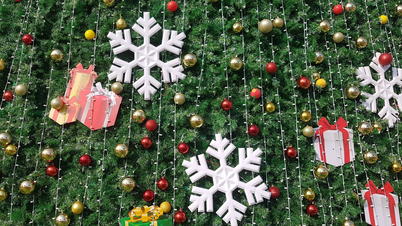
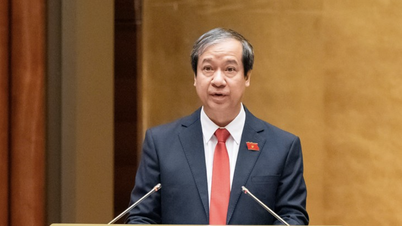
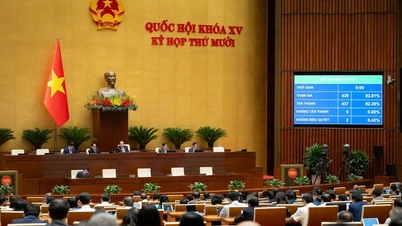
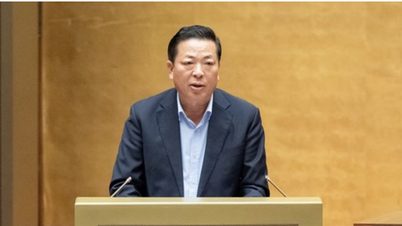
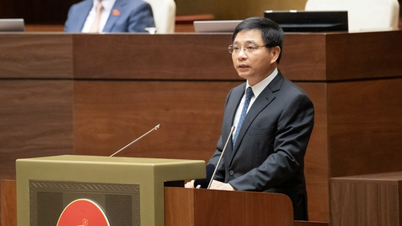
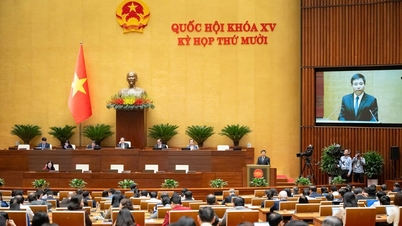

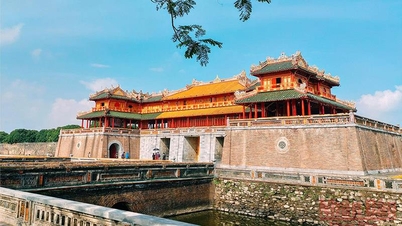

![[Video] The craft of making Dong Ho folk paintings has been inscribed by UNESCO on the List of Crafts in Need of Urgent Safeguarding.](https://vphoto.vietnam.vn/thumb/402x226/vietnam/resource/IMAGE/2025/12/10/1765350246533_tranh-dong-ho-734-jpg.webp)
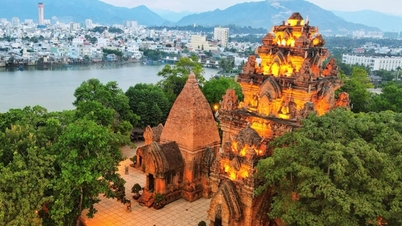




























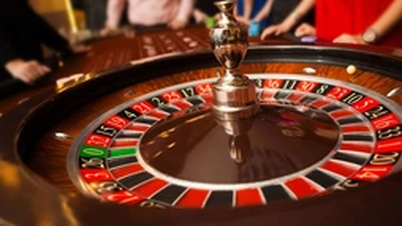







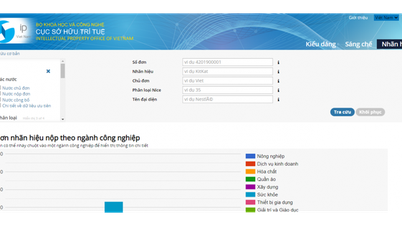
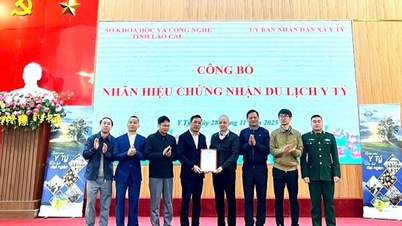
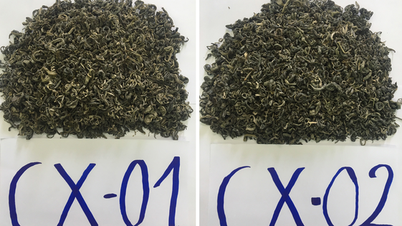

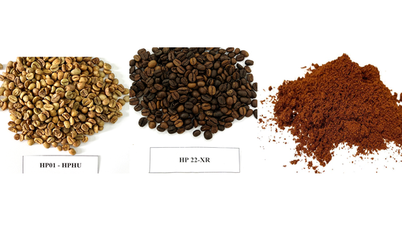
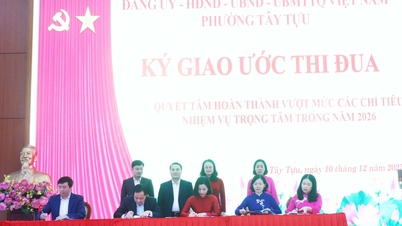
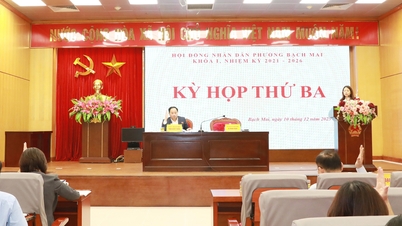
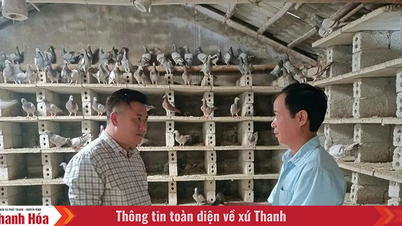

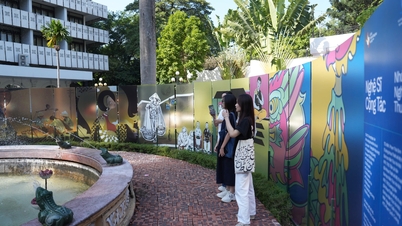

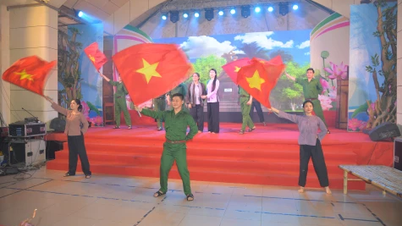

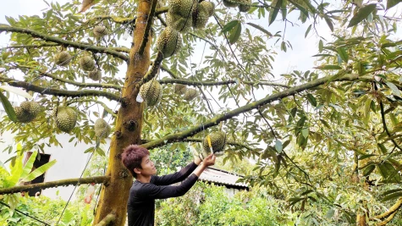


















Comment (0)